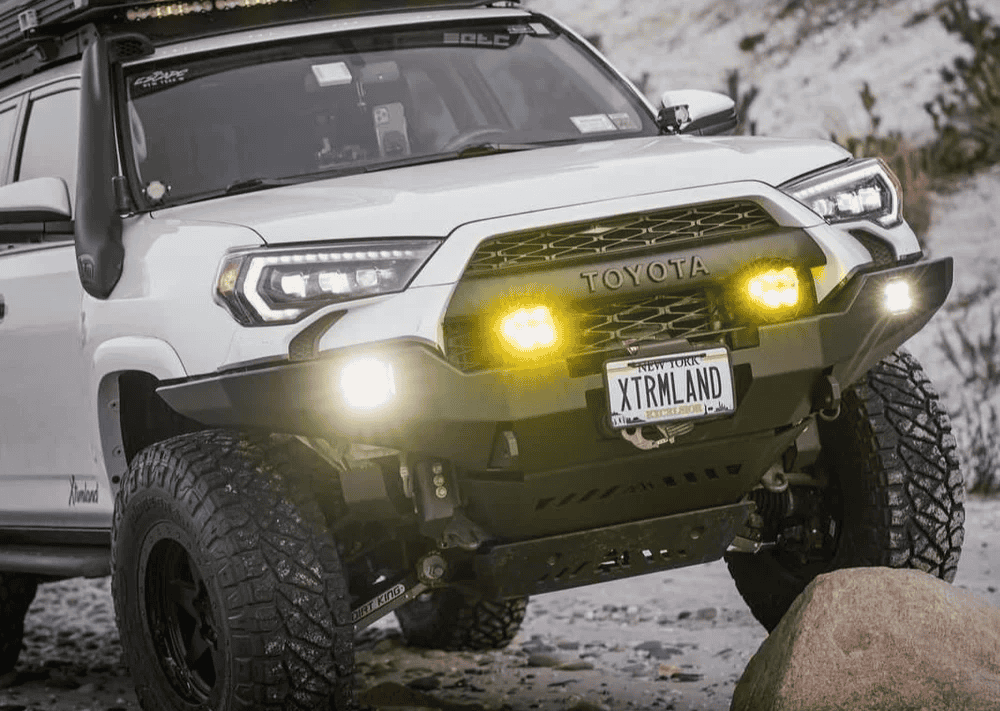Overland Vehicles

An energy efficient overland system begins with a real accounting of what you power and for how long. List every device, note its watts, and estimate daily run time. Convert to watt hours so everything speaks the same language. If a fridge averages 40 watts and runs 16 hours across the day, that is about 640 watt hours. Add lighting, fans, water pump, communications gear, charging for cameras and laptops, and any heat source or air conditioning you plan to use.
A quick method is watts multiplied by hours to get daily watt hours, then add a 15 percent buffer for inverter and wiring losses. Sum the total and you have the daily energy budget. If your total lands near 1500 watt hours per day, plan your battery bank to deliver at least two days of autonomy in poor weather, then size solar and charging to replace that energy on a typical day.
Twelve volt is common and integrates easily with accessories, but higher voltage like twenty four offers lower current for the same power which reduces copper size and heat. House systems above twelve volt still need conversion for common loads, so weigh simplicity against conductor savings. The sweet spot for many builds is a twelve volt house system with smart distribution and an efficient inverter.
Right size the inverter to your heaviest continuous AC load, not a theoretical number. Oversized inverters draw higher idle current and waste energy. If your peak AC usage is a 700 watt blender, a 1200 to 1500 watt pure sine model with low idle consumption and a sleep mode is usually more efficient than a 3000 watt unit that idles hot.
Lithium iron phosphate delivers high usable capacity, fast charging, and long cycle life. A 200 amp hour LiFePO4 pack offers roughly 2560 watt hours, most of which is available, compared to a similar lead acid bank that prefers shallow discharge. Look for a robust battery management system with low temperature charge protection and accurate state of charge reporting. Mount batteries within their preferred thermal range to preserve capacity in cold climates and longevity in heat.
Thermal management matters. Cold batteries accept charge slowly and hot enclosures shorten life. Keep storage away from exhaust paths and fabricate ventilation paths for inverters and DC DC chargers. Every degree of unnecessary heat means efficiency lost to resistance and fan draw. Use busbars to cleanly distribute current, minimize stacked lugs, and reduce voltage drop during high demand events.
Wiring and protection are part of storage efficiency. Correct gauge conductors keep voltage sag low under compressor starts or water pumps cycling. Fuse at the source, mount breakers where you can reach them, and aim for short, direct runs to main loads. Use quality lugs, crimp with the proper die, and seal with adhesive heat shrink to prevent oxidation that adds resistance over time.
Charging redundancy separates a weekend hiccup from a trip ending issue. Combine a roof solar array with an MPPT controller and a dedicated DC DC charger tied to the alternator. Solar handles base load daily, while the vehicle supplies bulk charge on move days. When shading or storms reduce harvest, alternator charging tops the bank efficiently if current is limited appropriately for battery health.
A well planned solar layout avoids shading from racks, vents, and antennas. Panels in series raise voltage for MPPT efficiency, while parallel keeps individual panel shading from dragging the whole array. In mixed conditions, a series parallel layout can be a smart compromise. Tilt mounts help in winter at high latitudes but introduce complexity; many travelers prefer fixed low profile panels with adequate total wattage to offset reduced angles.
Smart distribution reduces waste. Feed DC fridges, fans, and pumps directly from the battery through fused circuits and keep AC for only the devices that need it. Place the inverter close to the battery and run AC to outlets, not the other way around. Use a shunt based monitor to watch state of charge, watts in and out, and real time consumption. Numbers prevent guesswork and guide habits that extend range.
To stretch efficiency further:
Build smarter, travel further. If you want help translating this planning into a clean, serviceable install, the team at OZK Customs can spec, fabricate, and wire a system that matches your route and seasonality. Explore our overland rigs to see how we integrate storage, charging, and control into complete builds, or tap our custom overland upfit to upgrade an existing platform with efficient power, racks, and lighting. New to our shop and curious about our process and standards? Learn more at why choose OZK Customs.
Ready to build an efficient, reliable overland power system that matches how you travel? Tell us your must haves and we will translate that into a right sized battery, solar, and charging package with clean wiring, protection, and future expandability. Submit the form and our team will map your energy budget, spec the system, and deliver a professional install so you can travel farther with confidence.
ADDRESS:
6159 E Huntsville Rd, Fayetteville, AR 72701
PHONE:
(479) 326-9200
EMAIL:
info@ozkvans.com